If you mention that you’re trying to tighten your budget, one of the first suggestions you’ll hear is to dine out less often and cook at home more frequently.
But cooking at home can become mighty costly, too. Grocery prices keep rising, cooking tools can be expensive, and you can lose some of your savings to spoilage.
So, how can you squeeze more savings out of staying in for dinner?
Today, I’ll discuss some tips and tricks you can use to save money when you cook at home. By implementing enough of this advice, you might be able to meaningfully shrink your ingredient and cooking costs while still feeding your family well.
How to Tighten Up Your Food Budget

In a 2024 Intuit Credit Karma survey, 27% of respondents who noticed an increase in grocery costs said it caused them to occasionally skip meals.
While it probably goes without saying, I’ll say it anyways: You shouldn’t skip meals if you can help it at all. So today, we’ll go over some ways to keep both your stomach and wallet full.
Many of these tips involve saving money at the grocery store, but there are other ways to stretch your eating dollar. We’ll also talk about how to make food last longer, how to utilize the ingredients you already have at home, and more.
1. Plan Out Your Meals

Is your current routine to stroll through the grocery aisles, grab anything that looks appealing, then try to cobble together meals with whatever you bought?
You’re not alone. In a 2022 OnePoll survey conducted on behalf of Pound of Ground, a frozen meats company, more than a third of respondents (35%) said they don’t figure out what to eat for dinner until that day or even just hours before it’s time to eat.
Planning out your meals and shopping accordingly can prevent you from buying random ingredients you won’t end up using, reducing food waste and thus saving you money. Having a plan also reduces the likelihood you’ll toss expensive (and unhealthy) frozen meals into your cart.
Related: 7 Best Growth Stocks to Buy [Find Your Edge]
2. Use Store + Couponing Apps
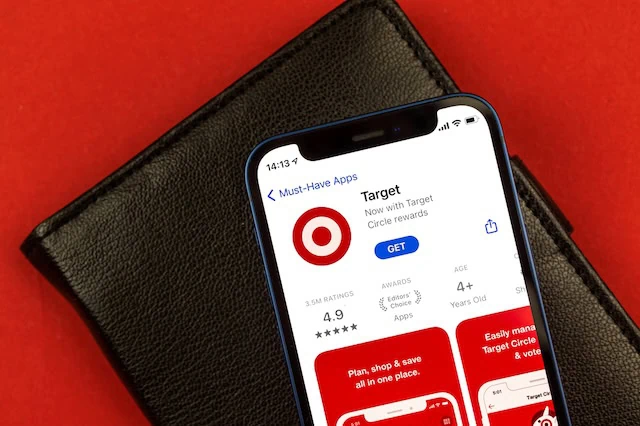
I don’t know about you, but I’m suffering from app fatigue. I feel like I’m being asked to download a new app almost every day.
But while app culture can be annoying, your grocery store’s app (if it has one) is probably one of the best apps you can put on your phone. Because it will almost certainly save you money.
For example: I have the Target Circle app. Using it gives me 5% off of just about everything but gift cards. It also provides varying offers throughout the year; just today, it offered me 15% off my purchase. Kyle Woodley, our Editor-in-Chief, notes that his local grocery store has certain deals where simply scanning your loyalty card isn’t enough—you also need to have clipped a coupon in the app ahead of your purchase (or brought a physical version of the coupon with you).
In addition to store-specific apps, you can also use general couponing or cash-back apps. A few of today’s highly popular apps that can save you money grocery shopping include Capital One Shopping, Ibotta, and Shopkick.
Related: Roth IRA vs. 529 Plan: Which Is Better For College Savings?
3. Repurpose Leftovers
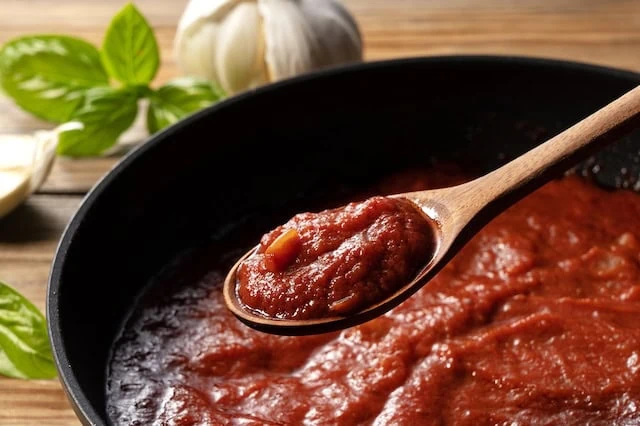
Most families seem to have at least one family member who refuses to eat leftovers. In fact, in a 2023 OnePoll survey conducted on behalf of HelloFresh, nearly a third of Americans (32%) said they’re likely to forget about leftovers if they’re out of sight.
I get it—some people don’t want to eat the same thing too many times in a row. But with a little creativity, you can repurpose leftovers so that they’re unrecognizable from their original form.
For instance, you can easily transform pizza sauce into pasta sauce, and vice versa. Let’s say you made homemade pizza for dinner one night (or you opened a giant container from Costco). You have lots of pizza sauce left over, but you don’t want pizza again. If the sauce is too thick at the current consistency, you can blend it with a little water, add some olive oil, crushed tomatoes, and a few spices, and—voilà!—you have pasta sauce.
Related: How Much Should I Contribute to My 401(k)?
4. Buy Frozen Produce
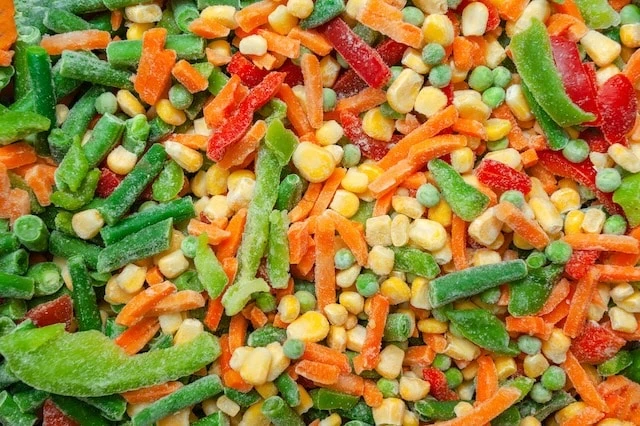
Frozen produce is often cheaper than buying fresh—but some people worry that by purchasing frozen, they’re sacrificing nutrition.
That isn’t necessarily true.
“Frozen vegetables in their natural form—without additives—can be as healthy as fresh vegetables,” writes Joanna Foley, RD. “Usually, vegetables are quickly frozen after being harvested, so they keep most of their nutrients.”
The same holds true for fruit. In fact, some fruits, when frozen right away, might even retain their nutrients better than their fresh counterparts.
Moral of the story: You don’t need to fear unprocessed frozen fruits and vegetables. The next time they go on sale, you might want to stock up.
Related: 11 Best Stock Trading Apps [Free + Paid]
5. Watch Out for Shrinkflation
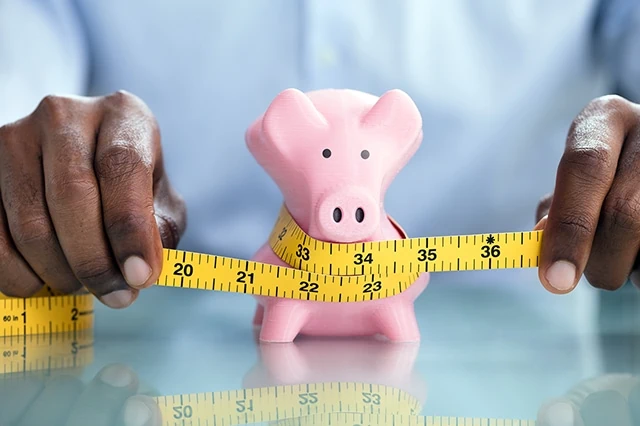
Thrifty shoppers do their homework to find the best grocery deals. But even if you have the price of every ingredient in a meal memorized, shrinkflation might throw a wrench into your recipe.
Shrinkflation is when the amount of a product goes down while the price stays the same (or even increases). Shoppers are quick to notice price hikes, but it typically takes a lot more time to realize that a bag of chips or a can of soup is half an ounce smaller. As a result, shrinkflation has become an increasingly popular strategy for food producers looking to expand their profit margins.
So unfortunately, as you shop for groceries, you might need to break out your reading glasses. Check the labels and mind the measurements each time out so you’re better equipped to notice if and when your go-to products shrink in the future. (And if they do, and if you’re getting less bang for your buck, re-evaluate competing products to ensure you’re still making the most budget-friendly decision.)
Related: 11 Ways to Avoid Taxes on Social Security Benefits
6. Grow Your Own Herbs
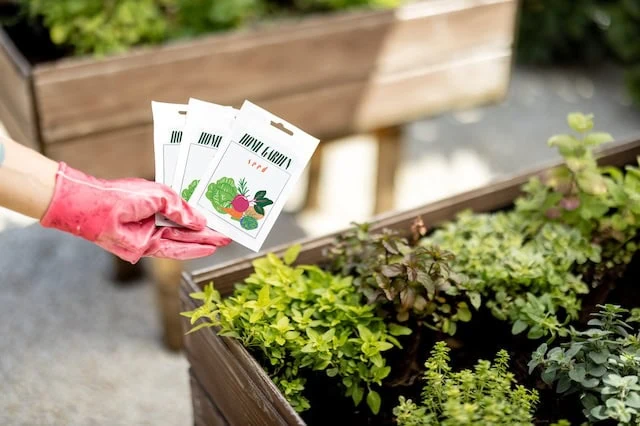
Fresh herbs at grocery stores can be pricey. Fortunately, most herbs are easy to grow, low-maintenance, and can be grown indoors. (No need to live in a tropical environment!)
If you grow your own herbs at home, you can wait to cut or pluck herbs until right before you use them, reducing your risk of those herbs going bad and being wasted. Plus, that freshness means they’re more flavorful; in fact, you might end up using a smaller amount than you would with dried herbs that have started losing potency.
Besides the financial benefit, fresh herbs are also aesthetically pleasing, smell good, and are delicious.
Related: 401(k) Contribution Limits for 2024 [Save More in 2024]
7. Get Secondhand Cooking Tools
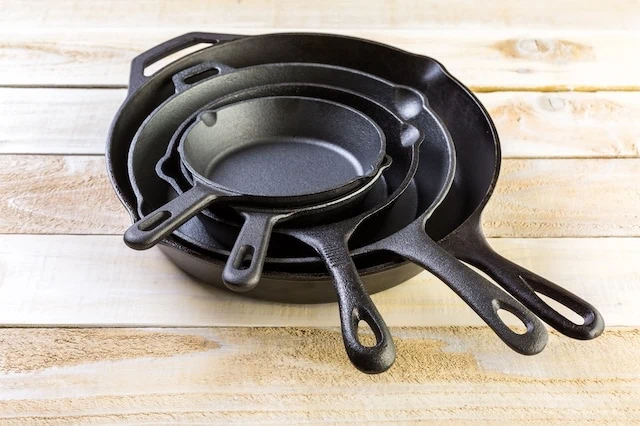
Food isn’t the only cost associated with cooking—you need tools, too.
Maybe you need kitchen basics such as knives, spatulas, pots, and pans. Or maybe you want more specific appliances—a bread maker to pump out your own raisin wheat loaves, perhaps, or your own waffle iron so you can cut back on visits to Waffle House.
In many cases, you don’t need to buy these items new.
If your city has a local Buy Nothing group, join it and keep watch for secondhand cooking tools. You can also check garage sales, thrift stores, and online marketplaces. People routinely go through cooking phases then decide to get rid of barely used cooking equipment. And you can use some of this equipment to further lower your food expenditures, by making cheap crockpot meals, your own bread, and your own frozen fruit smoothies.
But you shouldn’t buy everything used. For instance, avoid vintage plastic Tupperware that might have Bisphenol A (BPA) and old nonstick Teflon pans that might have perfluorooctanoic acid (PFOA) in the coating. These chemicals are toxic and are being phased out by many manufacturers.
Related: Health Care Costs in Retirement [Amounts & Types to Expect]
8. Buy Certain Foods in Bulk
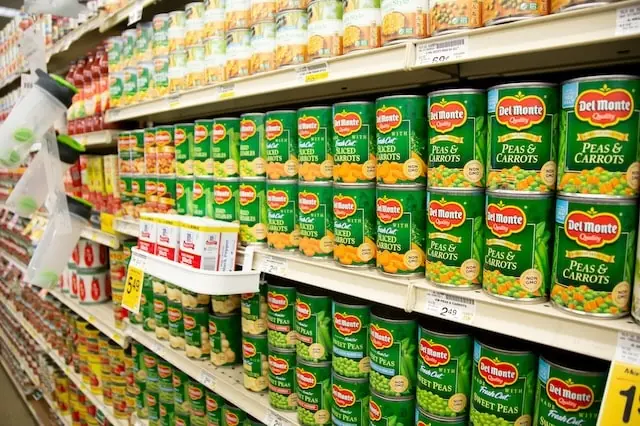
Assuming you have the storage space, strategic bulk purchases could save you a lot of money over time. Besides the fact that food is often cheaper in bulk, you can take advantage of sales to double down on the savings.
Food items that are canned or dried are perfect candidates for bulk purchases as they typically have long shelf lives. But don’t buy everything in bulk—a 10-pound bag of fresh avocados won’t save you anything if you can only get through a few pounds before they go bad.
Related: 30 Tax Statistics and Facts That Might Surprise You
9. Organize Freezer Meal Parties
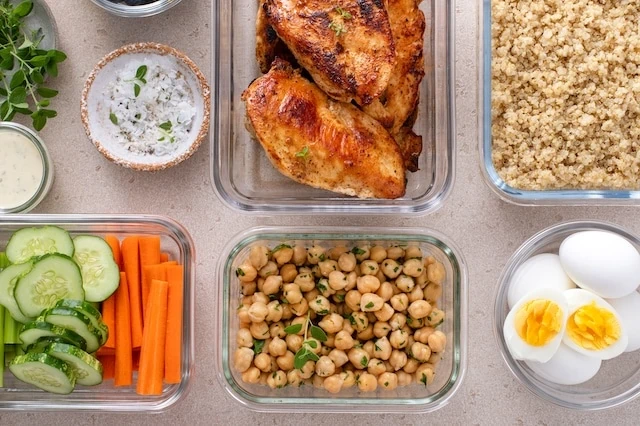
Some people reduce food waste, save money, and save time by making meals that freeze well. For example, you might buy bulk ingredients to make lasagna, then make four lasagnas, three of which immediately get frozen for future meals.
But you can up your freezer game even more by organizing freezer meal parties.
These parties put you to work—several people team up to cook, package, and freeze meals. You gain some efficiency because you can make some meals assembly-line style. Doing this can also add variety to your diet as you learn new recipes. And, of course, it can be fun!
Related: The 7 Best Fidelity Index Funds for Beginners
10. Try Meatless Mondays

Meat is often the most expensive part of a meal. A Sous Vide Guy survey had three-fourths of meat eaters say a plant-based diet is a cheaper alternative.
But you don’t need to go completely meatless to enjoy a financial benefit. Some people choose to not eat meat as little as one day a week (say, Mondays) to save money.
If you go meatless, you can still get high-protein meals by using beans, lentils, tofu, peas, and/or eggs in your recipes.
Many people also consider cutting down on meat consumption (especially red meat) to be a healthy change, and it’s a positive for the environment, too.
Related: Appreciating Assets: 10 Best Things that Appreciate in Value
11. Learn How to Prevent Spoilage
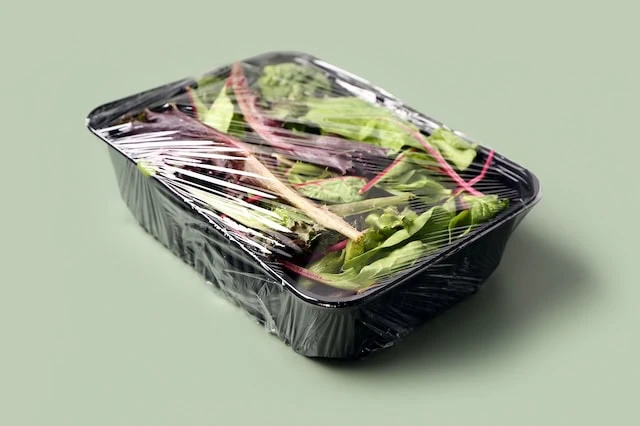
See a great deal on strawberries, but worried they won’t last? Learn how to extend the life of all of your favorite foods that spoil quickly.
Let’s take fruit for example. You can extend your fruits’ life by waiting to cut them up until right before you eat them. For berries, you can also use lemon juice to stop them from prematurely browning.
You also might be surprised at just how many foods are freezer-friendly. For example, half-and-half and milk can be kept in the freezer for a few months. You can freeze bread, too; and if the bread is already cut into slices, it’s simple to pop them into the toaster to quickly thaw them out.
Related: 7 Best Banks for Real Estate Investors + Landlords
12. Check Your Pantry Before Shopping
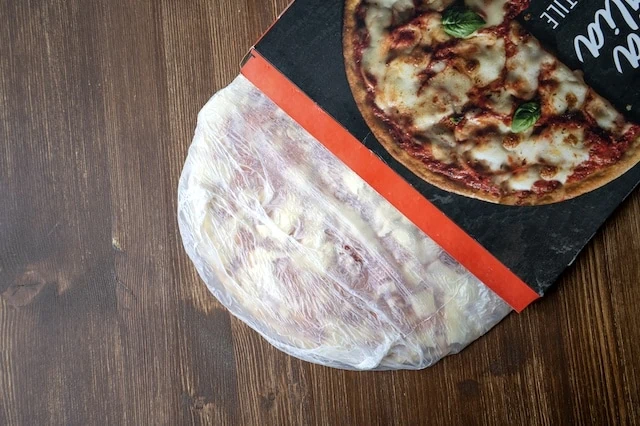
Have you peered into the depths of your pantry lately? You very likely have boxes and cans of food you’ve forgotten about.
After a shopping trip, it’s easiest to add your new haul in front and forget about the contents in the back, especially when you have deep cabinets. But that makes it more likely that you’ll purchase items you already have while the food in your pantry closes in on its expiration date.
Before you buy more groceries, take the time to see what you have hiding. Do you have several boxes of cornbread mix that are about to expire? Prioritize making chili and cornbread. Do you grab an “emergency” frozen pizza during every shopping trip? If there already are several waiting in your freezer and they’re not on sale, save money on your next shopping trip and don’t buy any more.
Related: What Is the 90/90 Minimalism Rule?






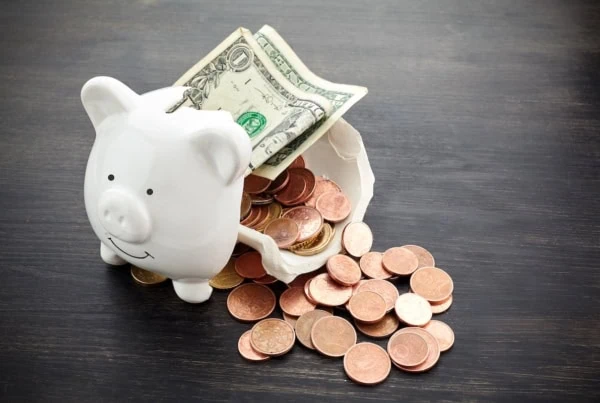
![What Is a Bare-Bones Budget [And How Do I Create One]? 30 budgeting piggy bank tight clamp bare-bones 1200](https://youngandtheinvested.com/wp-content/uploads/budgeting-piggy-bank-tight-clamp-bare-bones-1200-600x403.webp)
